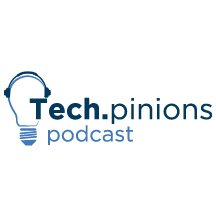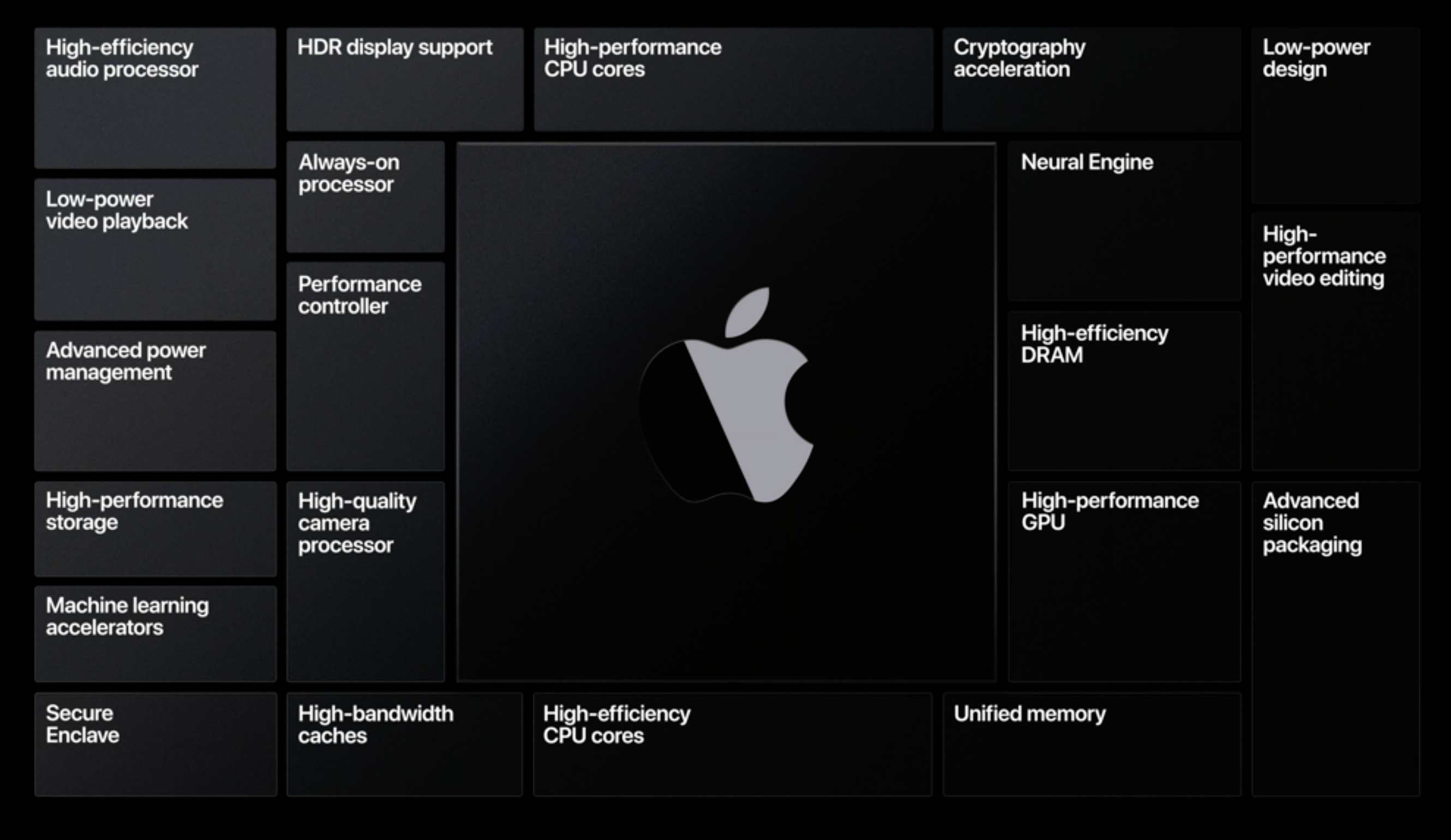I watched the vast majority of the antitrust hearing where Jeff Bezos, Sundar Pichai, Tim Cook, and Mark Zuckerberg were present to make opening remarks and then take “questions” from members of congress. I was hoping there would be more back and forth and that there would be more discussion with the CEOs of these big tech companies, but that was not the case. The direction of the topics and questions were a bit all over the place. There are many angles that came out of the hearing, one strong one being the vast insufficiency of the answers from many of the CEOs who had to use their words carefully to dance around with their answers. But the first thing I wanted to hit on, which was the most glaringly obvious, is how broken this process is and how the government will dramatically need to adapt if they want to see meaningful change around tech going forward.
Talking not Listening
This was billed as a hearing, but it was just talking. Part of that has to do with the format. Members of Congress had 5 minutes per questioning round, and because of that, they spent more time making a point than having a discussion or letting the CEOs respond accordingly. More often than not, the Congress member questioning the CEOs cut them off and rarely let them explain. For me, this is the first thing that needs to change format-wise. The 5 min per person does not allow for meaningful opportunity to engage in discussion and listen but only to make a point in a very trial/courtroom like way.
This format was not the way to have the most genuine dialogue with these CEOs. Both Pichai and Zuckerberg have shown up in person for a hearing with them individually, and I found that a much more effective format allowed for more time and more scrutiny of the answers provided. In this current COVID situation, I understand not being able to organize full-day sessions with each of these CEOs individually. Still, from the information gathered, if Congress wants to proceed, I firmly believe a follow up with each of these CEOs is necessary.
The other element this format induced was the opportunity for several members of Congress to grandstand and simply pander to their constituents vs. ask meaningful questions of the CEOs present that would help shed light on the antitrust conversation. To that degree, the conversation also went back and forth with questions to Pichai on Google and Zuckerberg on Facebook that were less about antitrust/anti-competitive behavior and more about censorship and free speech. While I understand some potential elements of overlap, this (the power of Google and Facebook and the issue of censorship and free speech) seems like something worth having more dedicated conversations about.
Predetermined Conclusions
Another bothersome element of this format was the pre-determined conclusions. There was a lot of work done in advance of this hearing and a great deal of evidence to support positions of anti-competitive behavior. While I thought several members of Congress, Rep. Pramila Jayapal being primary among them had very good questions and good banter back and forth, the vast majority of Congressional participants felt the need to push their agenda, or bias, in their questioning rather than meaningfully look for answers to the issues they put forth. This was unfortunate because many did bring legitimate issues to the table but attempted to force the CEOs into yes or no answers rather than seek to understand the CEO’s perspective or answer. This was also a byproduct of the 5 minute limit per person as they felt the need to rush to address all their topics. Again, a completely flawed process, in my opinion.
While I understand the need to prepare remarks, it was the pre-meditated prepared conclusion from Rep. David N. Cicilline that showed quite clearly their minds were made up before this hearing, and how the entire thing was a dog-and-pony show rather than an attempt to listen and learn. Here is a brief excerpt from his concluding remarks, which he read aloud at the end of the hearing.
This hearing has made one fact clear to me—these companies as they exist today have monopoly power.
Some need to be broken up; all need to be properly regulated and held accountable.
We need to ensure the antitrust laws first written more than a century ago work in the digital age.
When these laws were written, the monopolists were men named Rockefeller and Carnegie.
Their control of the marketplace allowed them to do whatever it took to crush independent businesses and expand their power.
Well, the names have changed, but the story is the same.
Today, the men are named Zuckerberg, Cook, Pichai, and Bezos.
Once again, their control of the marketplace allows them to do whatever it takes to crush independent businesses and expand their power.
This must end.
Minds were made up before the hearing, an,d there was nothing the CEOs would say that was going to change. So again, what was the point? It was not to listen and learn, so in the big picture, was it helpful or necessary?
The Ability to Actually Compete
Being someone who appreciates observing and studying business strategy, I found troubling the emphasis on some basic competitive tactics, employed by businesses of all shapes and sizes, as being anti-competitive. Observers were noting on Twitter, as the hearing was progressing, that clearly, a new definition of monopoly or even anti-competitive practices needs to be adapted for the modern business arena. But the tone members from congress took, at least to me casually watching in, was one that these companies should not even have the right to compete. The tone and direction of much of the questioning were suggesting these companies should not have the chance to use competitive tactics to protect their businesses.
My worry, should this proceed to a case and we get to a spot where remedies are enforced, is the degree that overall competition itself is harmed. The over-bearing fear of monopoly carries with it the consequence of causing companies to compete in the market with their hands tied behind their back. This would be bad for business, bad for America, and just overall bad.
I’m certainly in favor of keeping companies accountable, which is why I wish this process were better suited to gather relevant information, by knowledgeable people in the space, to suggest potential solutions that lead to better change for all. Too often, in most cases, the attempt to regulate has little to no change in the market and, in some instances, hurts consumers more than its effort to help them.
This topic isn’t going away, and in many cases, I personally was not satisfied with many of the answers given by the CEOs. I hope a follow-up, with much more discussion, ends up happening in the not too distant future.













